When it comes to CNC milling, precision and efficiency are key factors in achieving high-quality results. One crucial element in the process is the choice of material.High density foam, also known as rigid foam or foam board, is a type of foam material that is characterized by its compact and dense structure. It is typically made from polyurethane or polystyrene and is available in different thicknesses and densities. High density foam is widely used in industries such as aerospace, automotive, packaging, and prototyping due to its exceptional strength, dimensional stability, and ease of machining.
Foam for CNC Milling Machine
A CNC foam cutting machine is a specialized piece of equipment designed to precisely cut and shape foam materials using Computer Numerical Control (CNC) technology. These machines are used across various industries for applications such as prototyping, packaging, insulation, signage, and even artistic projects.
Foam Cutting Machine
Foam CNC router equipped with specialized foam cutting bits can also be used to mill foam materials. These machines are capable of cutting more intricate shapes and producing finer details compared to hot wire machines. CNC routers can also be used for cutting other materials besides foam.
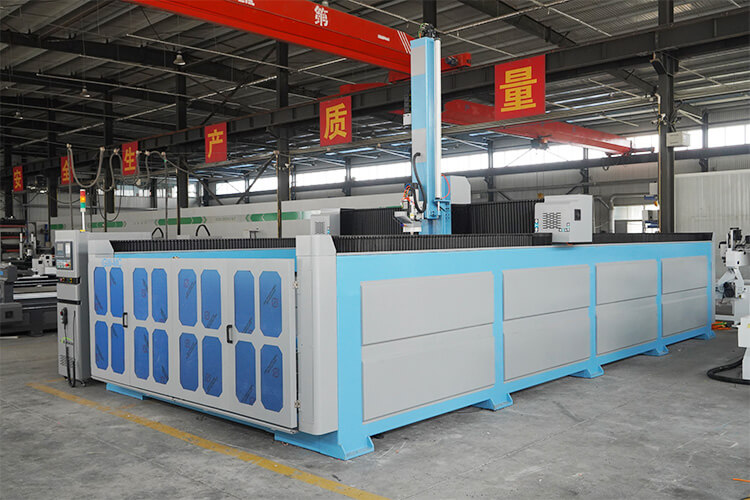
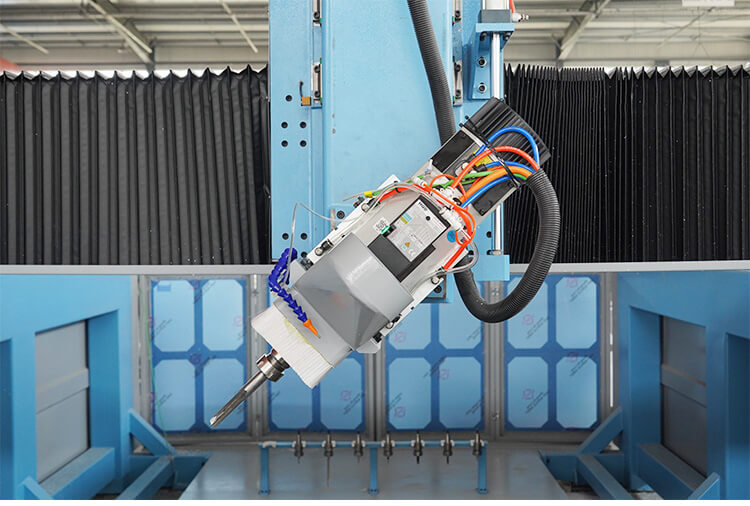
Hot Wire Foam Cutter use a heated wire to cut through foam materials. The wire is controlled by CNC software to follow precise paths and shapes, resulting in clean and accurate cuts. Hot wire machines are commonly used for cutting large blocks of foam into specific shapes or profiles.
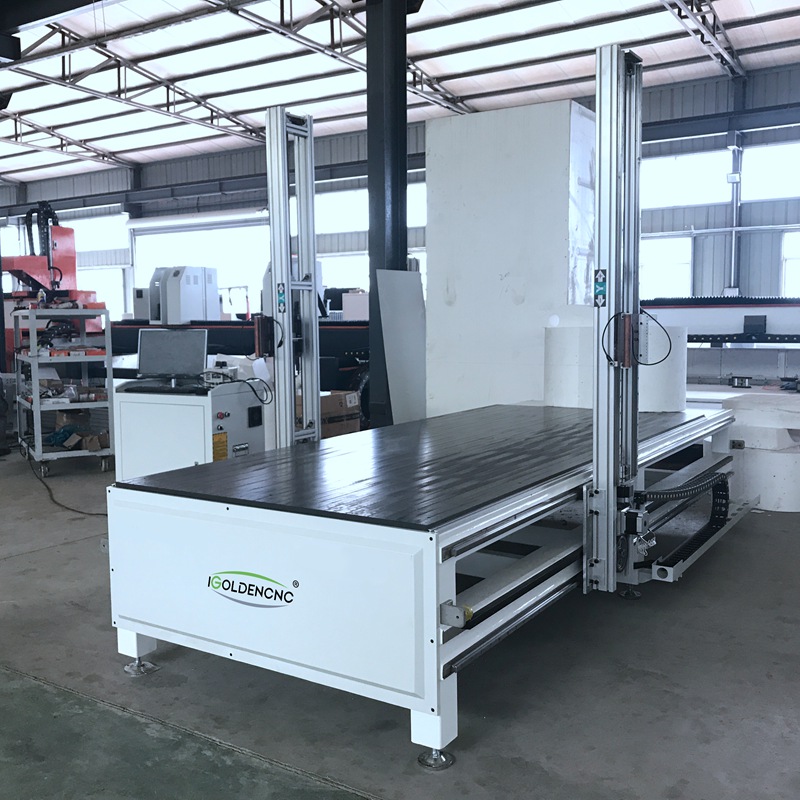
Applications of High Density Foam in CNC Milling
- Prototyping: High density foam is widely used in the prototyping industry due to its ease of machining and ability to replicate complex designs accurately. It allows designers and engineers to create functional prototypes quickly and cost-effectively.
- Architectural Models: High density foam is an excellent choice for creating architectural models and scaled replicas. Its ability to achieve precise details and smooth finishes makes it ideal for showcasing design concepts and presenting to clients.
- Mold Making: High density foam can be used to create molds for various applications, including casting and vacuum forming. Its dimensional stability and smooth surface finish ensure that the molds produced are of high quality and accuracy.
- Signage and Displays: High density foam is commonly used in the signage and display industry. Its lightweight nature and ease of machining allow for the creation of eye-catching and intricate signage, exhibition displays, and point-of-sale materials.
- Artistic Sculptures: High density foam provides artists and sculptors with a versatile and lightweight material to bring their creative visions to life. Its machinability allows for the creation of intricate and detailed sculptures with ease.
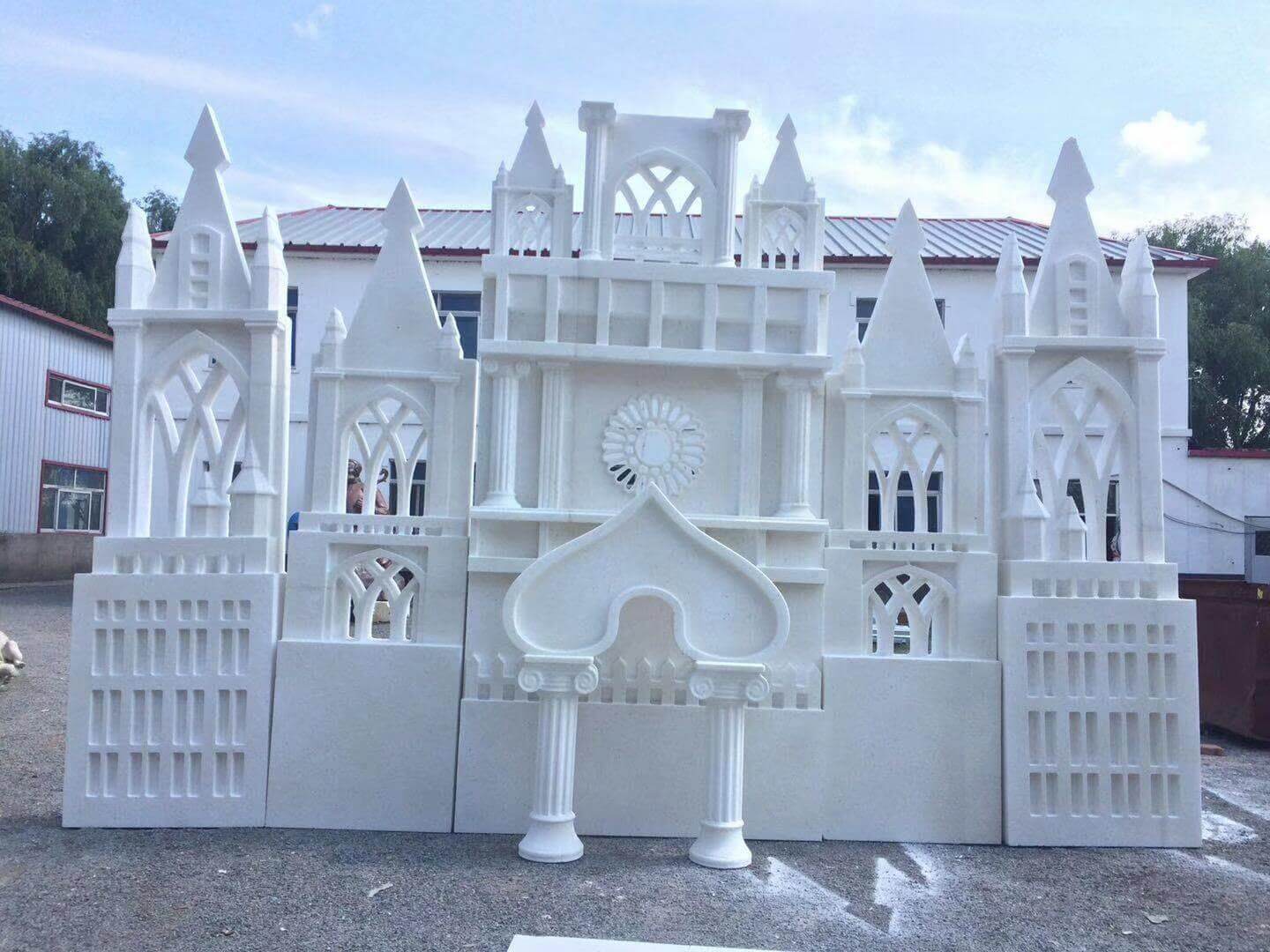
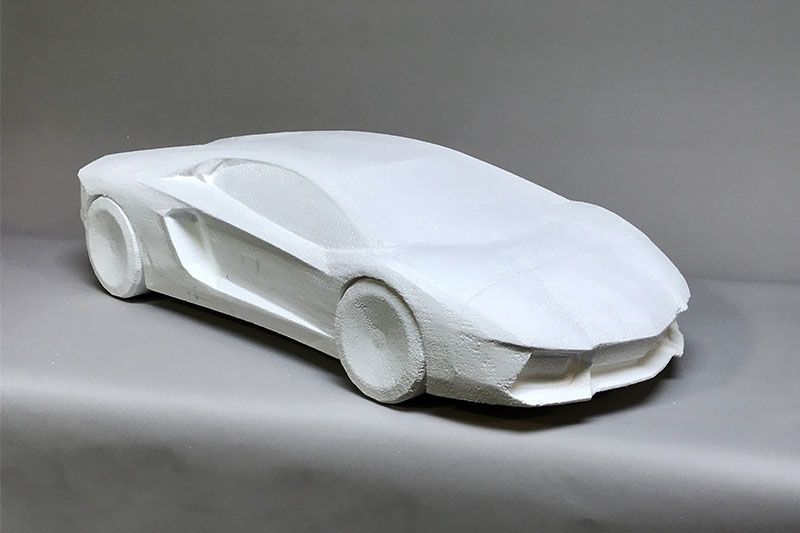
Advantages of High Density Foam for CNC Milling
- Precision Machining: High density foam is known for its dimensional stability, which means it retains its shape and size during the milling process. This allows for precise and accurate machining, ensuring that the final product matches the desired specifications.
- Smooth Surface Finish: The dense structure of high density foam enables CNC milling machines to achieve a smooth surface finish. This is particularly important for applications where aesthetics and surface quality are crucial, such as architectural models, signage, and molds.
- Reduced Tool Wear: High density foam is relatively soft compared to other materials commonly used in CNC milling, such as metals or hardwood. This softness helps to reduce tool wear and prolong the lifespan of cutting tools, resulting in cost savings for CNC milling operations.
- Ease of Machining: High density foam is easy to machine, making it an ideal material for CNC milling. It can be easily cut, shaped, and engraved using standard milling tools, allowing for intricate designs and complex geometries to be achieved with ease.
- Lightweight and Cost-Effective: High density foam is lightweight, which makes it an attractive choice for applications where weight is a concern, such as aerospace or automotive components. Additionally, high density foam is cost-effective compared to other materials, making it a budget-friendly option for CNC milling projects.
Frequently Asked Questions (FAQ)
1. Can high density foam be used for both 2D and 3D milling?
Yes, high density foam can be used for both 2D and 3D milling. Its machinability and dimensional stability make it suitable for a wide range of milling applications, regardless of complexity.
2. What are the different densities available for high density foam?
High density foam is available in a range of densities, typically measured in pounds per cubic foot (pcf). Common densities include 2 pcf, 4 pcf, 6 pcf, and 10 pcf. The choice of density depends on the specific application and desired properties of the final product.
3. Is high density foam environmentally friendly?
High density foam is not considered environmentally friendly as it is made from petroleum-based materials. However, some manufacturers offer eco-friendly alternatives made from recycled materials or bio-based foams.
4. Can high density foam be painted or coated?
Yes, high density foam can be painted or coated using various methods. It is important to choose paints or coatings that are compatible with foam materials to ensure proper adhesion and durability.
5. Are there any limitations to using high density foam in CNC milling?
While high density foam offers many advantages, it does have some limitations. It is not suitable for applications requiring high structural strength or load-bearing capabilities. Additionally, high density foam may not besuitable for high-temperature environments as it can melt or deform under extreme heat conditions.

IGOLDEN BLOG
Thank you for visiting the iGOLDENCNC website. iGOLDENCNC is the professional supplier of CNC machinery application solution, within the business of producing and selling CNC machinery and accessories.